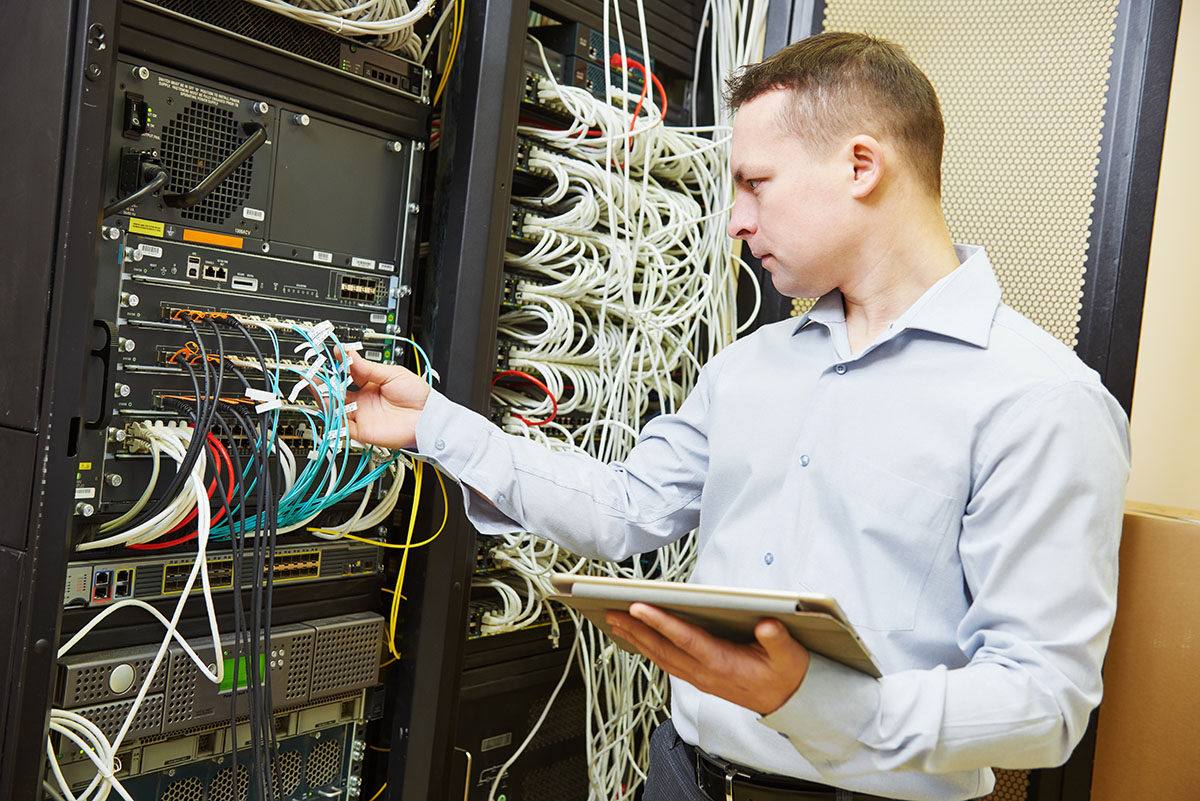Sustainability is an increasingly popular and important topic in the realm of business. Most of the top companies in the United States now publish an annual sustainability report, detailing the actions they’ve taken to improve overall sustainability, reduce environmental damage, and make the world a more habitable place, both now and in the future.
We intuitively understand that part of sustainability means reducing pollution and intelligently sourcing your raw materials. But we also need to think about sustainability on a different scale; for example, how do you keep your IT operations sustainable?
Why Sustainability Matters
Why should you care about making your IT department as sustainable as possible?
There are a few important motivations to note:
- Environmental impact. The obvious motivation is an ethical one. If you care about the environment, and the future of the world, you should care about making your operations as sustainable as possible. Not only will you be protecting your current natural environment and the health of your family and your neighbors, but you will also be establishing a foundation for a brighter and healthier future for all mankind. One company’s actions may not be enough to make a measurable difference on a global scale, but we need everyone to participate if we’re going to make a difference.
- Long-term future. Sustainability is also about sustaining your operations for as long as possible. If you engage in more sustainable practices, you’ll set a course for a longer and more efficient future.
- Cost savings. Though not always the case, practicing sustainability often leads to lower costs. Using less energy, for example, both reduces pollution and reduces the amount of money you spend per month on utilities.
- Reputation and image. Investing in sustainability is also good for the reputation of your brand. Today’s consumers are increasingly interested in doing business with companies that are focused on sustainability.
Perfect Your End-of-Life Management
IT managers sometimes aren’t sure what to do with old servers and computers, and your method of disposal matters more than you might think. Disposing of old electronics in the trash is a bad idea, for several reasons. Most garbage ends up in a landfill, which means toxic chemicals found in electronics can eventually leach into the soil and interfere with local wildlife, the water supply, and local human populations. This also presents a security risk, especially if you don’t take proactive measures to scrub all your devices of important data before getting rid of them.
Instead, it’s better to delete everything from your old devices and recycle them or resell them.
Buy Used
Long before you have to think about end-of-life management, you should be thinking about how you acquire your servers, computers, network equipment, and other electronics. Generally, it’s better to buy used; this way, you’ll decrease new demand for finite materials and, in a small way, reduce the need for environmentally damaging forms of mining. As an added bonus, you’ll save a lot of money.
Improve Your Energy Efficiency
Focus on improving the energy efficiency of your entire IT department.
These are just some of the ways you can do it:
- Automate lighting. You know it’s a good idea to turn off the lights when you’re not using them, but how do you know who’s using them and when? If you automate your lights to turn off after certain intervals or at certain times, you can ensure they’re never on when they don’t need to be.
- Practice efficient cooling. Energy Star rated appliances are ideal for keeping environments cool and serving other miscellaneous functions in your IT department.
- Avoid overcooling. Cooling is important, but there is such a thing as overcooling. Your cooling systems are energy-intensive, so only engage them when you need them.
- Get rid of zombie servers. Zombie servers are energy hogs that don’t add anything to your organization. Work on consolidating and/or decommissioning them.
Rely on the Cloud
Relying on the cloud, rather than maintaining your own physical servers, can help you save money and reduce your energy expenditures. In some ways, it’s a lot like carpooling. You’ll be working together with other businesses and sharing resources, making sure you get everything you need in the process, but also reducing your ecological footprint.
Work Remotely (When Possible)
Remote work is generally considered better for the environment, and for many different reasons. Businesses with remote workers tend to have less demand for energy, and people no longer have to drive to work, reducing carbon emissions on that front. If it’s possible to do so, consider having most of your IT department working from home.
Incentivize Sustainable Practices
Finally, consider incentivizing sustainable practices within your team. Simple measures, like rewards for meeting recycling goals, can reshape the habits of your entire IT department and add up to make a massive impact.
As you can see, it doesn’t take much sacrifice or effort to make your IT operations more sustainable. Sometimes, a small investment of time is all it takes do you improve your relationship with the environment – and even save money in the process.


